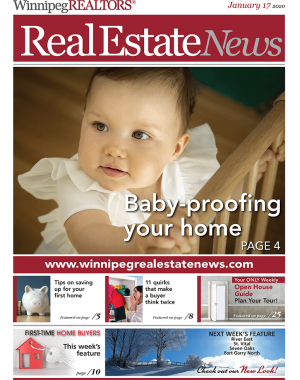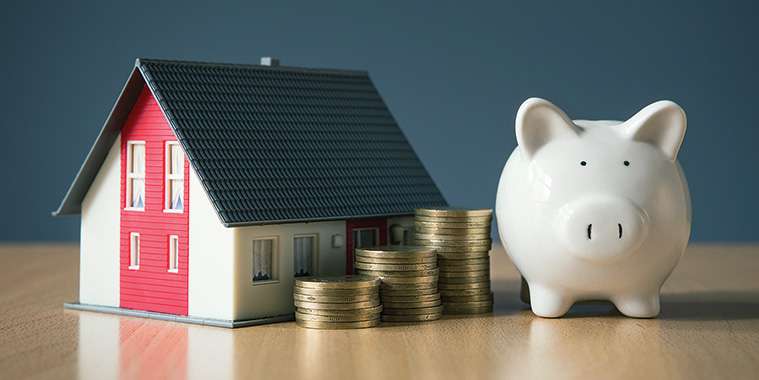By Geoff Kirbyson
Unless you win the lottery or get an interest-free loan from the Bank of Mom and Dad, the process of buying your first home can start months or even years before you get the keys.
Before any bank will even consider taking you on as a mortgage client, you need to come up with a minimum of five per cent of the purchase price for a downpayment.
When you consider that it’s difficult to find a home for less than $200,000 in Winnipeg today, that means saving up at least $10,000 and probably more.
“A lot of today’s first-time buyers are looking for what their parents have but at a price they can afford. For $200,000 you can get a condo and, in some pockets of town, a house, but you’re probably looking at a side-by-side or a townhouse,” said Catherine Schellenberg, president of WinnipegREALTORS®.
So, if you’re looking at a house worth $300,000, your downpayment will need to be at least $15,000. Not exactly chump change.
But there’s more. There are also closing costs, including the land transfer tax, legal fees and other incidentals that have to be paid before you get possession, which can ring in around 2.5 per cent of the purchase price.
That’s another $7,500 on that $300,000 property.
Saving up that much money can seem like a pretty steep hill to climb. A good first step is to set up a plan with your bank to hive off a certain amount of money from every paycheque and put it in a separate account that you can’t touch.
Like so many other things, if it’s worth doing, it’s worth measuring, so set a specific savings goal.
“To just save with no specific number in mind doesn’t make sense. You need to know the pre-qualification number. The bank wants to see the money sitting in the account for a certain amount of time, usually 30 or 60 days (before they’ll grant you a mortgage),” she said.
“Not having a specific number can make the saving seem so daunting. It’s like if you wanted to lose weight and somebody said you to, ‘just lose weight.’ It’s always good to have measurable goals and set a deadline. That’s accountability for you.”
If you’ve been saving for your retirement, the federal government has another option for you. The Home Buyers’ Plan allows first-time home buyers to borrow up to $25,000 tax-free from their RRSPs for a downpayment. If both members of a couple are in the same situation, they can borrow a total of $50,000. The only downside is because the HBP is a loan, it must be repaid within 15 years.
Sometimes finding the money for something new is just a matter of making a few decisions that probably won’t be that hard in the long run. You know, like cancelling satellite radio in your vehicle.
“It’s amazing what people consider to be priorities and think that they can’t go without them. It’s the new norm, like having your dinner delivered to your door. That’s not the most cost-effective way of feeding your family. It’s looking at your expenses to see where you can cut corners and get to your goal faster,” she said.
geoffkirbyson@mymts.net



